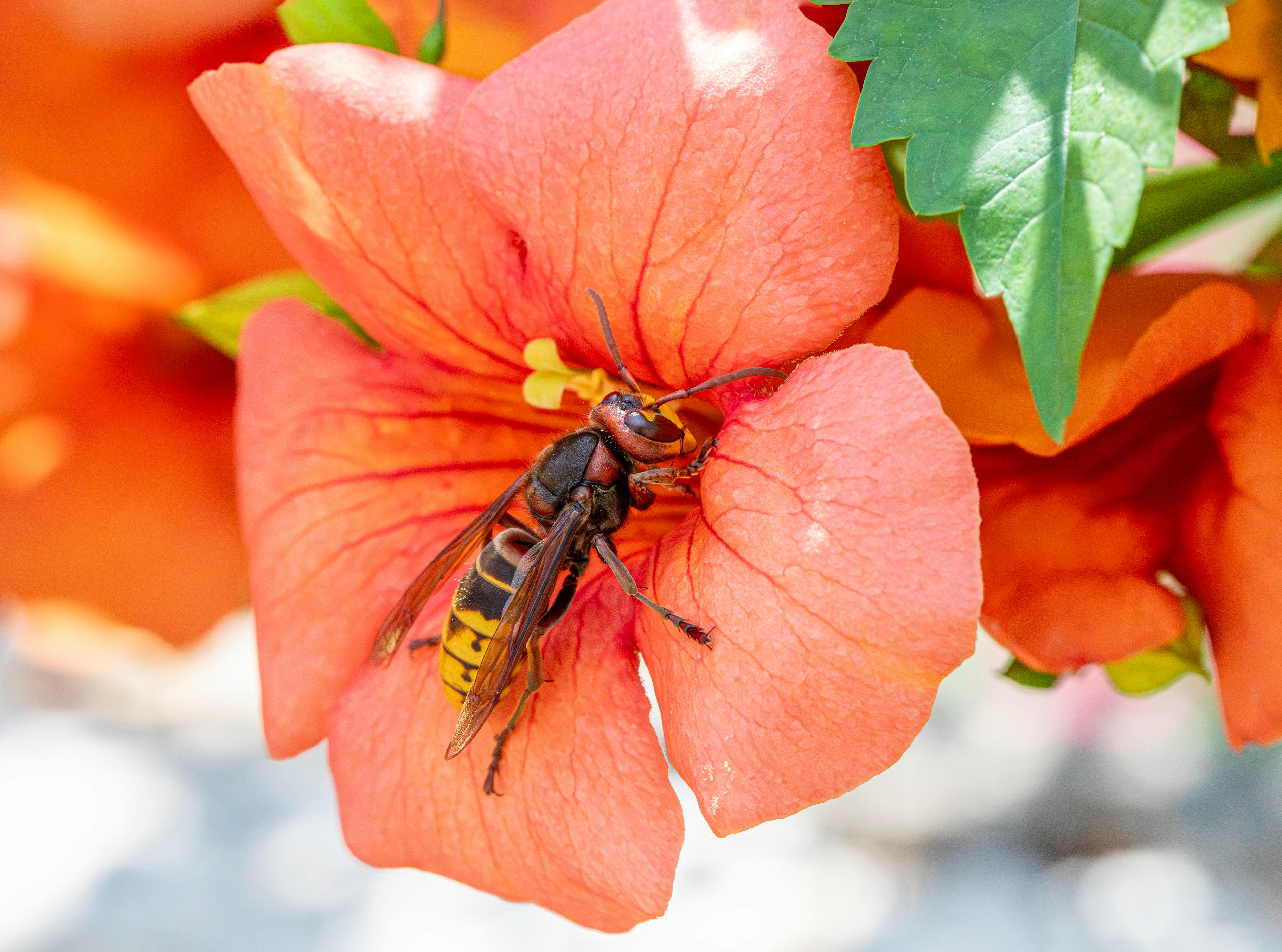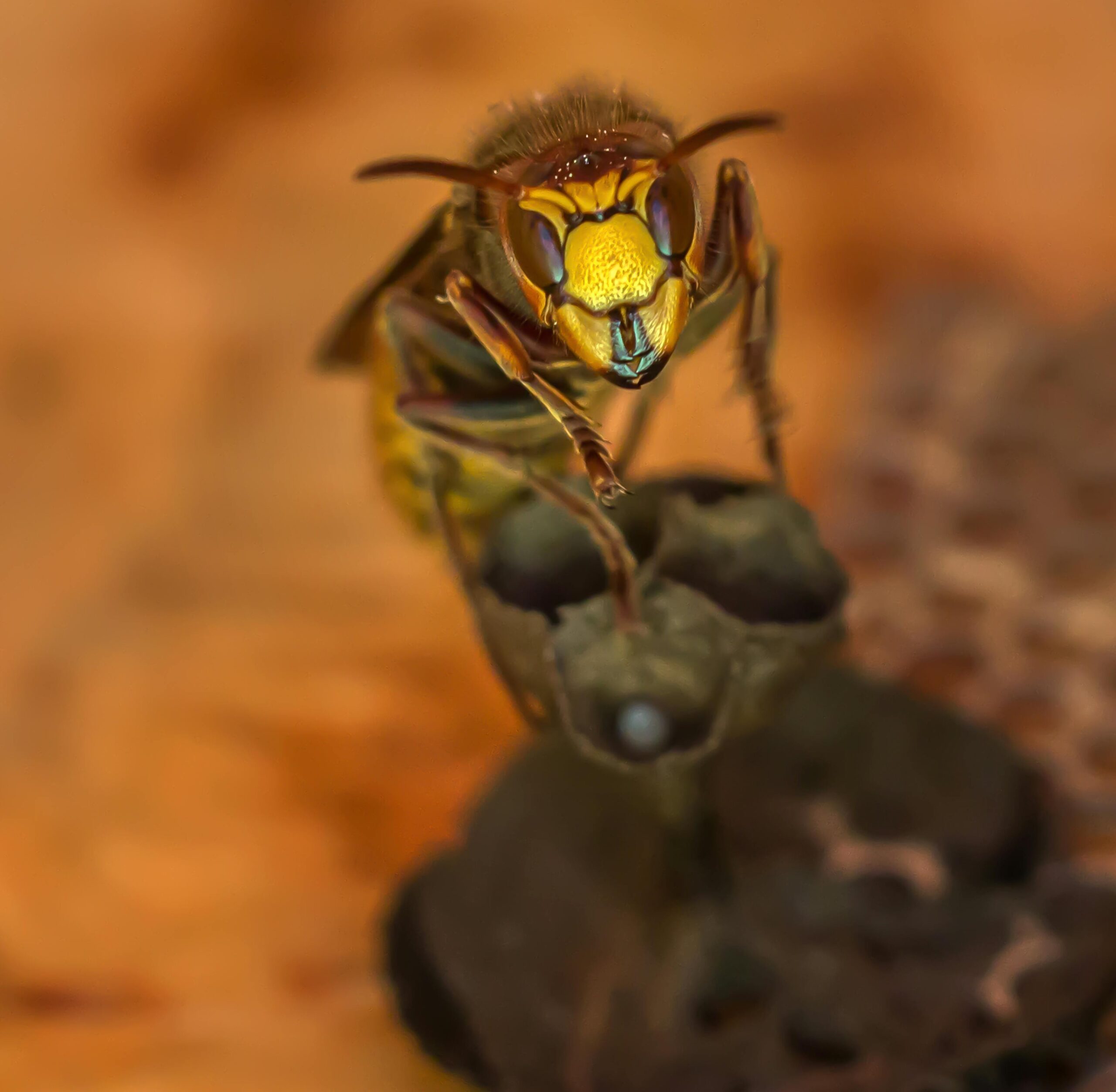Hornissennest: Understanding the Fascinating World of Hornet Nests
The Structure of a Hornet Nest
Hornet nests, or **Hornissennest** in German, exhibit a unique architectural structure that is both fascinating and complex. Constructed primarily from chewed-up wood fibers mixed with saliva, hornets produce a papery substance that forms the nest materials. The nests themselves are generally oval or spherical and can reach impressive sizes, often measuring up to three feet in height. This remarkable *biomaterial* composition not only serves to house the colony but also protects it from environmental threats and predators. The location of a **Hornissennest** is strategic; most are suspended in trees, attics, or on ledges, providing safety and optimal conditions for the *hornet* colony.
How Hornet Nests Are Built
The process of nest construction is initiated by a queen hornet in the spring. After surviving the winter, she searches for a suitable location and begins building a small initial nest. Using her mandibles, she shreds wood from trees or fences and mixes it with her saliva. Over time, as worker hornets emerge, they contribute to expanding the nest’s size. Typically, a **Hornissennest** can house thousands of adult hornets by late summer, demonstrating the exceptional group effort required for the nest’s development.
Lifecycle Within a Hornet Nest
The lifecycle in a **Hornissennest** is intricate, beginning with the queen laying eggs. Each egg hatches into a larvae that the worker hornets feed with a combination of insects and honey. This feeding cycle continues until the larvae mature into adult hornets. The queen’s role is vital; without her, the colony cannot function effectively. The entire colony is labor-driven, where every hornet has a specific job, such as foraging for food, caring for young, or maintaining the nest’s structure. This cooperation illustrates the fascinating social behavior of hornets.
Environmental Impact and Benefits of Hornets
Despite being perceived negatively, **Hornissennest** structures play a significant role in the ecosystem. Hornets are natural predators and help control pest populations by preying on flies, caterpillars, and other nuisance insects. By maintaining a balance in the ecosystem, they promote healthier plants and crops. Furthermore, their nests provide habitat for various wildlife, including birds that feed on hornets.
Common Misconceptions About Hornets
Many people fear hornets primarily due to the potential for stings. However, understanding their behavior can help mitigate these fears. Hornets are generally not aggressive and will only sting when they feel threatened. This misconception can lead to unnecessary extermination efforts, which harm the environment. Educating the public about the ecological benefits of hornets can foster greater acceptance of their presence.
Case Study: The Role of Hornets in Pest Control
A study conducted in agricultural settings revealed that hornets effectively control pest populations. In vineyards, for example, researchers noted a marked decrease in caterpillar infestations within areas inhabited by **Hornissennest**. By monitoring predation rates, they found that hornets significantly reduced the need for chemical pesticides, leading to more sustainable farming practices. Such findings highlight the importance of hornets in agricultural ecosystems and can help inform future agricultural strategies focused on ecological balance.
Safety Precautions When Encountering Hornet Nests
Encountering a **Hornissennest** can be intimidating, but it’s important to address such situations safely. If a nest is found near living spaces, it’s advised to observe from a distance rather than approaching it directly. Disturbing the nest can provoke aggressive behavior from the hornets. If removal is necessary, it’s best to contact pest control professionals who are trained in safely handling hornet nests and minimizing risks to both humans and the environment.
Signs of a Hornet Nest
Recognizing the signs of a **Hornissennest** can help prevent surprise encounters. Key indicators include increased hornet activity and the presence of the nest itself, usually located high in trees or secluded areas. Regular monitoring during warmer months can help identify the beginning stages of nest building, allowing homeowners to make informed decisions about managing their environment responsibly.
Removal Techniques for Hornet Nests
For those facing the challenge of a **Hornissennest**, there are effective removal techniques to consider. It’s crucial to approach nest removal during the evening or early morning when hornets are less active. Wearing protective clothing is essential for safety. There are several methods for removal, including the use of insecticides specifically designed for wasps and hornets. However, these methods should be handled by professionals to ensure safety and efficacy, reducing the likelihood of stings.
Conclusion and Key Takeaways
Hornets and their nests, or **Hornissennest**, present a compelling aspect of nature that deserves understanding and respect. From their intricate nesting architecture to their vital role in ecological balance, hornets are much more than mere pests. When engaging with these insects, promoting safety and employing environmentally friendly pest control techniques is paramount. Recognizing their ecological benefits can aid in fostering a healthier relationship between humans and nature.
FAQ
1. What should I do if I find a hornet nest in my yard?
If you find a **Hornissennest** in your yard, it’s best to monitor the situation from a distance. If the nest poses a threat or is in a high-traffic area, consider contacting a professional pest control service to handle it safely.
2. Are hornets beneficial for the environment?
Yes, hornets serve as natural pest controllers, helping to keep insect populations in check. Their predatory behavior benefits the ecosystem by promoting plant health and reducing the need for pesticides.
3. Can hornets cause damage to property?
While hornets can cause damage to wood surfaces when building their nests, they generally do not seek out homes specifically. It’s essential to inspect and maintain structures to prevent nesting.
4. How can I differentiate between wasps and hornets?
Hornets are typically larger than standard wasps and have a more robust body. Additionally, hornets often have rounder faces and tend to nest in more enclosed spaces than typical wasps.
5. What time of year do hornets build their nests?
Hornets typically begin constructing their **Hornissennest** in the spring as the queen emerges from hibernation, continuing to expand until late summer when the colony reaches its peak size.
6. Will a hornet nest remain active during the winter?
No, once winter arrives, hornets die off, and only fertilized queens will survive to hibernate. The old nests will not be reused, as each year a new queen starts building a fresh nest.
7. How can I prevent hornets from nesting in my home?
To prevent hornets from building nests, regularly inspect your property for potential nesting sites and seal any openings. Removing food sources and garbage can also help deter them from nearby areas.

